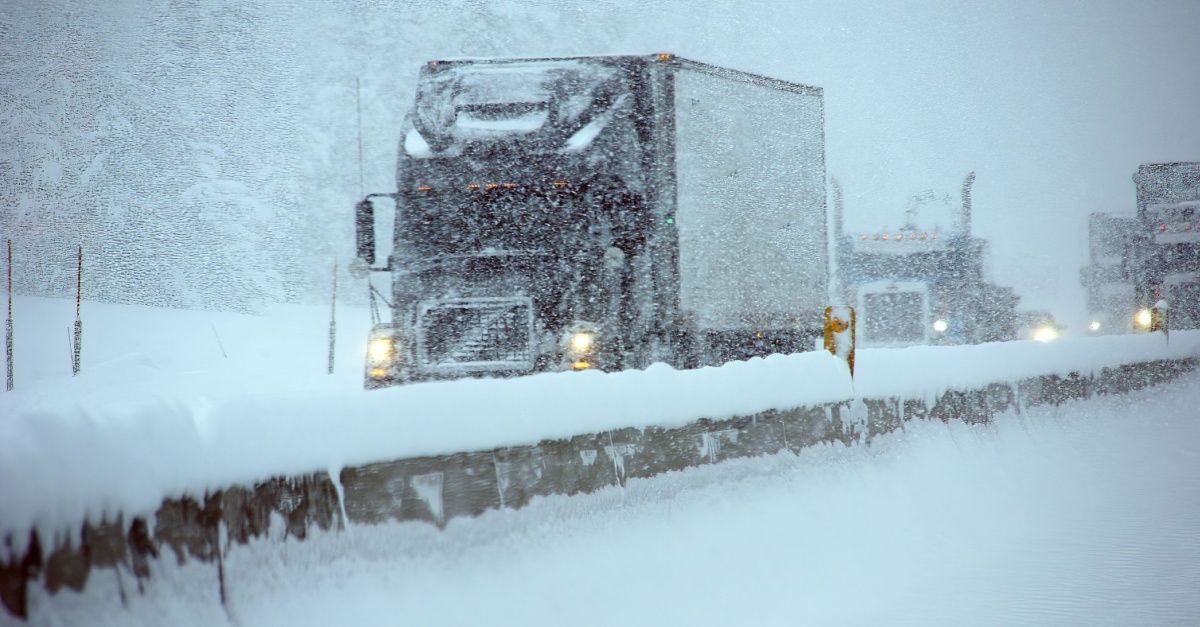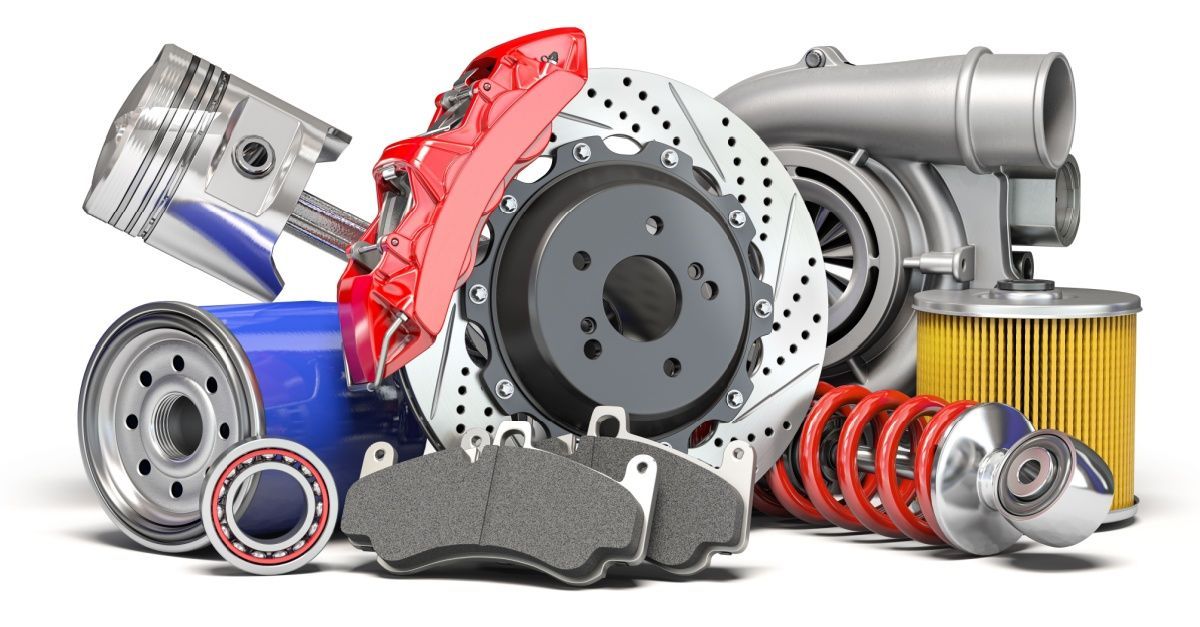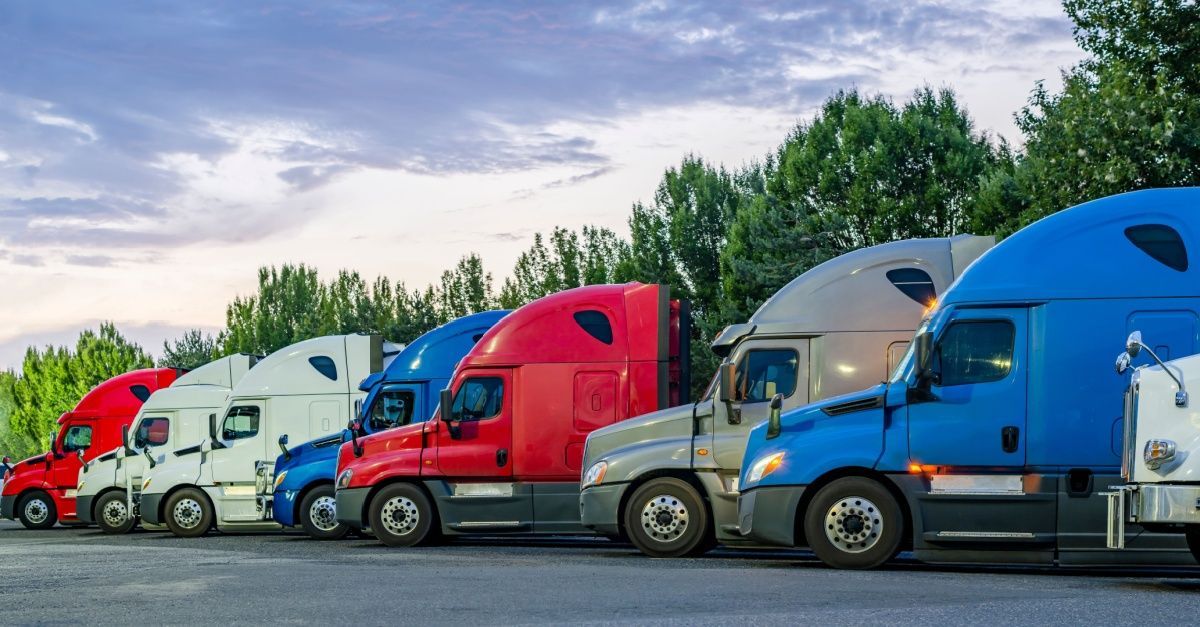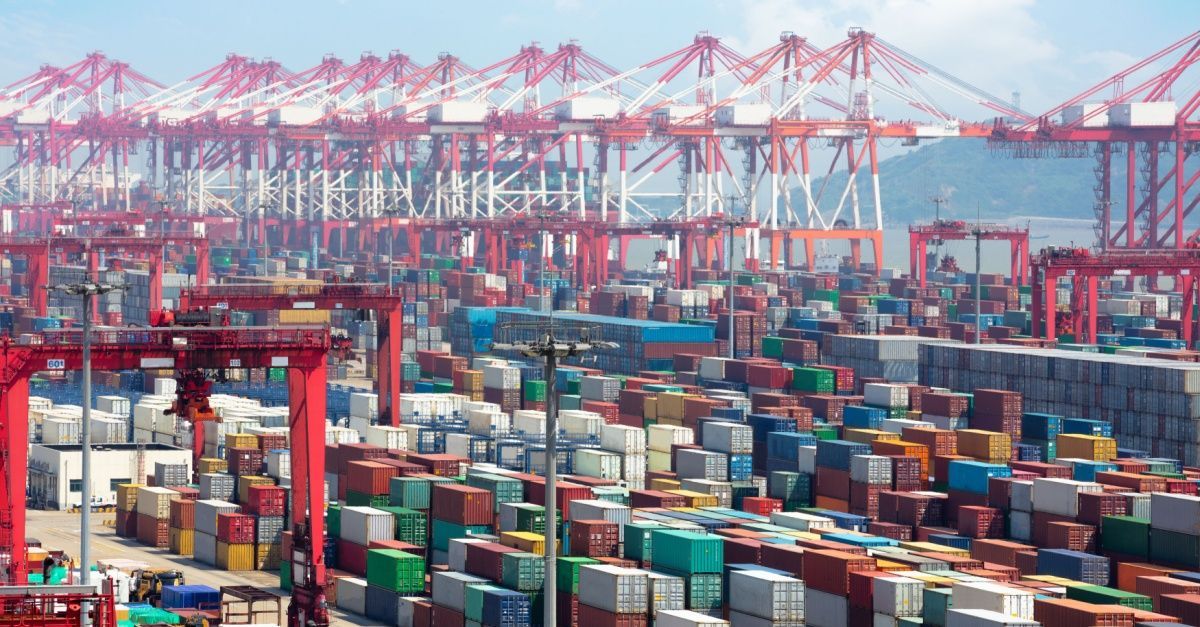The 5 Causes of Port Congestion & An Update on the Chassis Shortage
Blog Post CTA
The 5 Causes of Port Congestion & Chassis Shortages
Anyone involved in shipping, transportation, or logistics knows about the nightmare at domestic and international ports, distribution centers, and warehouses. From ongoing concerns over port delays and bottlenecks to issues with drivers, containers, and chassis shortages, shippers have a lot to contend with today. And problems with supply chain logistics lead to even more issues down the line with meeting customer demands and maintaining high on-time, in-full performance rates.
According to
Statista research, 80% of the world’s cargo is transported by ocean. While this mode is costly, it would be much more expensive to move the volume and type of cargo in ocean freight any other way. And In many cases, modes such as truck or air are simply not logistically possible due to weight, size, content, and other regulatory requirements and factors.
Most prominent ports are down to a 5-day or less delay, with only a few of the busiest still seeing delays above five days, and even those are improving. According to
GoComet port congestion monitoring, most ports overseas register three days or less for delays. In the UK, Felixtowe averages nine days of delays; in the U.S., Savannah averages nearly two weeks, with New York (eight days) and Los Angeles (ten days) performing a bit better.
These port loading and unloading delays and container backlogs had primarily improved compared to months ago when ships were waiting outside ports for days or weeks and containers were piling up for months at the dock waiting to be transported to distribution centers and other facilities. However, dissolving backlogs and lowering delay and dwell time to pre-pandemic levels remains in flux.
Several factors, such as consumer demands, market and product schedules,
oversized and overweight
limitations, and the U.S. and international holidays, can cause temporary increases in delays. Delays at ports often include backlogs with truck and rail distribution ad poor access to chassis and capacity as containers linger at the docks and port warehouses for long periods. This can contribute to additional delays even once ships are unloaded, as highlighted by early September delay stats from
Hapag-Lloyd:
- Charleston, SC – average 8.1 days
- Chicago, IL - average 9.1 days
- Dallas, TX – average 14.2 days
- Detroit, MI – average 6.3 days
- Houston, TX – average 7.6 days
- Kansa City, MO – average 12.4 days
- Long Beach, CA – average 18.7 days
- Los Angeles, CA – average 10.9 days
- Memphis, TN – average 11.6 days
- MMR rail New York – average 6.3 days
- New York, NY - average 7.8 days
- Norfolk, VA – average 9.6 days
- Savannah, GA – average 10.3 days
Shippers, especially those dealing with
cold expedited freight and other sensitive loads, must be ready to account for these factors and adjust accordingly. Care and attention are needed to reduce the impact of port congestion and overcome the effects of container chassis shortages, driver shortages, and other ocean freight-related issues and concerns.
Port congestion and Recovery Then and Now
The American Farm Bureau Federation reported on August 8, 2022, how the last few years have seen the US economy struggling to overcome a steady stream of severe and disruptive supply chain disruptions. “This variation has challenged production and inventories in every facet of the economy. [This was most] easily observed at the ports, where the dramatic changes in consumer behavior were observed in seemingly mile-high stacks of containers and vessels waiting to be unloaded. Observers hoped that port congestion previously had peaked at the beginning of 2022 and appeared to finally be easing in May and early June.”
While overall things have improved, there has been an uptick in delays in key shipping lanes and ports, which has some worried that a relapse of long delays may lie ahead for the end of the year peak season crunch. A June 2022
Reuters report noted that rising shipping costs, longer transit times, and higher uncertainty should be expected as the "new normal" for the shipping industry for the foreseeable future. Long-term contracts, open availability for spot contracts, and improved collaboration and communication with shippers, carriers, and drivers will be critical to riding whatever waves of disruption lie ahead for the end of 2022 and the start of 2023.
5 Factors of Port Congestion
Navigating the uncertainty of port congestion and improving express shipping and delivery success rates comes down to how well shippers understand and respond to the following five factors.
1. Chassis Shortages ad Port Delays
The current chassis shortages plaguing ports across the US offer a prime example of how one issue can quickly snowball into an industry-wide concern. Starting with delays in parts and material access and manufacturing, fewer new chassis and pieces of equipment entered the supply chain. This made it harder to keep up with demand and manage the logistics of moving chassis from one port to another. Add to that other delays with port labor and driver shortages, existing delays, and financial impacts. The chassis shortage has quickly become one of the dominating issues shippers must deal with regularly.
2. Balancing Port Driver Shortages and New Drivers
According to a 2022 report from Repairer Driven News, “The biggest remaining issue is fluctuation in volume that truck drivers can’t match. On top of that, there’s congestion at many terminals, with an average time of 86 minutes to get trucks through and 26% of the transactions taking two hours or longer. “ The concern is that adding more drivers into the network might not be the best or only answer. Yes, more drivers are needed, but flooding the supply chain with too many drivers could simply add more drivers and vehicles to the already long queue lines. Balance is critical and is an ongoing process for logistics managers.
3. Chip and Other Shortages Impacting Port Logistics
Port shortages also tie back to the impact technology and manufacturing delays and shortfalls have on the economy. The worldwide chip shortage and other concerns over the lack of materials and components for vehicles and machinery continue to plague the industry. These shortages continue to impact the auto industry, equipment manufacturers, and transportation service providers. Estimates indicate that there are as many as 80,000 fewer trucks on the road now, further putting pressure on available drivers. The lack of vehicles capable of handling supply chain demands further exacerbates delays and logistical issues.
4. High Consumer Demands Increase Imports
Pandemic concerns and shifts in consumer focus and spending led to a dramatic e-commerce spike, which caused a considerable import surge. They flooded ports with even more cargo containers and ships. In turn, this caused even more delays, and the effects remain clear today as another crunch looms as the holiday season and the end-year peak season approaches. Shippers and transportation providers are struggling to overcome port congestion and equipment shortages.
5. Freight Inland Distribution Delays Impact Shipping
The delays are not stopping once the containers come off the ship and continue well into the inland distribution, mainly due to chassis shortages and other distribution concerns. As noted by Green Worldwide Shipping:
“The cause of the chassis shortage is twofold; retaliatory tariffs on goods from China in 2020 temporarily stunted the primary source of chassis equipment to the U.S… combined with an overall increase in street dwell for import deliveries has significantly reduced the available supply chassis.”
The longer it takes to move containers off the docks and cargo out of warehouses, the longer the delays in final delivery.
These disruptions and delays are well on the path to improvement compared to months ago. Delays are down to days or weeks from weeks or months in many cases. Overcoming backlogs and lowering dwell times to pre-pandemic levels remains an ongoing issue. Working with a skilled and experienced freight broker is a great way to improve port logistics and inland distribution processes.
Why a Freight Broker is Poised to Help for Inland Distribution- Call Entourage Freight Services Today
Working with a freight broker can make cargo shipping, distribution, and logistics much more manageable. They can also unlock many
shipper benefits that improve delivery success rates. Whether you carry freight or need to ship it, it is easy to miss the mark and struggle to get things done correctly. Miscommunications, delays, and freight damages lead to poor overall performance and low customer satisfaction. The easiest way to overcome disruptions, uncertainties, and other port or inland challenges is to work with a skilled and experienced freight broker.
In July 2022,
Transport Topics touched on how fragmented the carrier market is, noting that 90% of all U.S. carriers have five trucks or fewer, and 66% are owner-operators with a single truck. Shippers work with select carriers for only about 20% of their lanes. “They need about 80% of their lanes covered by brokers because not all freight is created equal,” said Pat Nolan, the VP of North American surface transportation for C.H. Robinson Worldwide. “In all those lanes where freight is less dense, less frequent, and less predictable, few of the big carriers position trucks there. So, shippers need to tap into the 90% of carriers who have five trucks or less.”
A
freight broker optimizes the transportation process, making all of this more manageable and accessible.
These experts facilitate communication between the shipper and the carrier, manage pick-ups, drops off, and load timelines, address delays, and pass along information and updates as needed. When goods are done with loading and drayage and are ready to go to the inland destination, they need a broker with the specialized skills and training, insight, and the best tech stack to help broker the process.
Contact Entourage Freight Services to learn more about overcoming port disruptions, container and chassis shortages, driver concerns, and logistical obstacles to improve port and inland distribution today!









